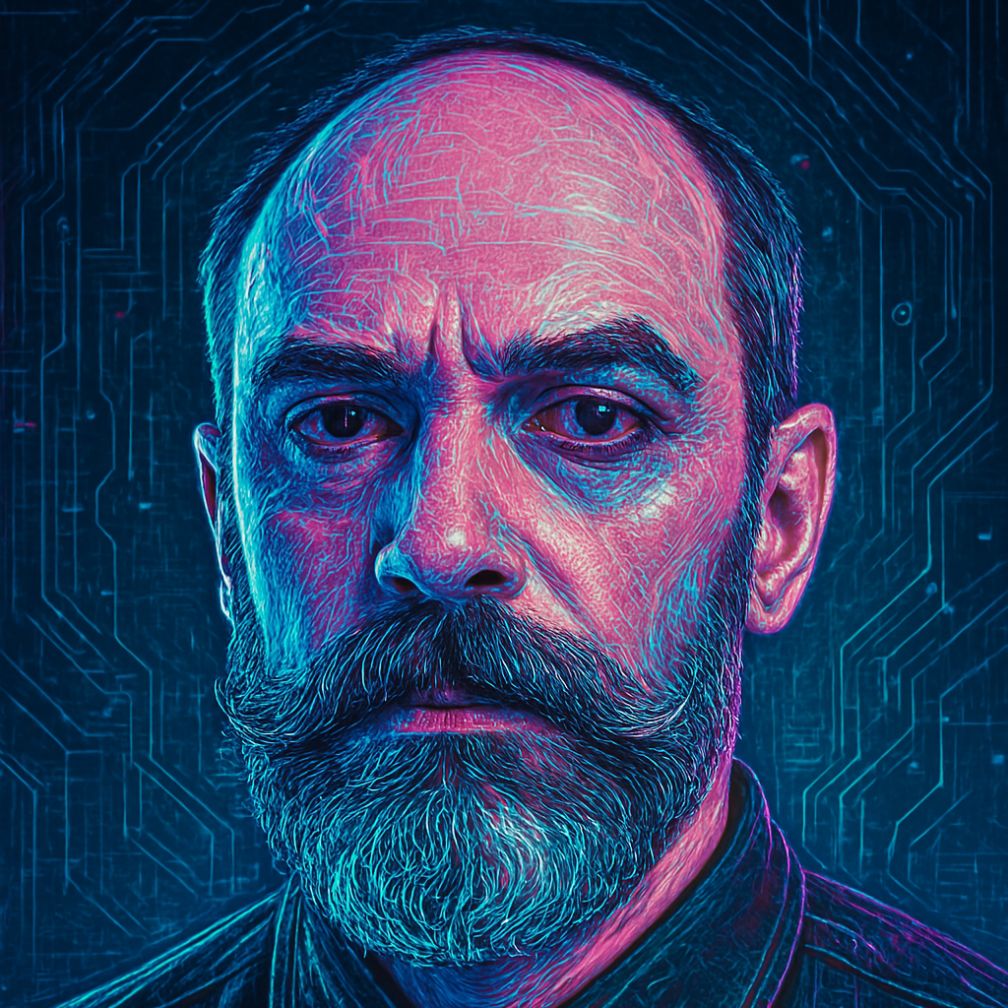Style Recipe Creator
Create a metaprompt that makes images prompts in a consistent style.
# Style Recipe Creator
These instructions explain **how to turn the bracketed meta-template into a ready-to-use prompt sheet** for any visual style (Hand-Drawn Doodle, Claymorphism, Pixel Art, etc.).
Feel free to tweak this workflow or add your own automation, but keep the “Foundational Rules” section **verbatim** to preserve safety rails.
---
## 1 · Inputs You Need
| Placeholder | What to supply | Typical format / length |
| ---------------------------- | ----------------------------------------------- | --------------------------------------- |
| `[STYLE_TITLE]` | Short style name | “Hand-Drawn Doodle” |
| `[MOOD_DESCRIPTION]` | 1–3 adjectives that capture the vibe | “quirky, whimsical, friendly” |
| `[VISUAL_LOOK_BULLETS]` | 3-5 bullet points describing overall rendering | • Soft 3-D blobs
• Subtle clay dents |
| `[CHARACTER_DESIGN_BULLETS]` | 2-4 bullets on body proportions, clothing, etc. | • Rounded toy-like bodies |
| `[FACIAL_FEATURE_BULLETS]` | 1-3 bullets on eyes, mouth, expression rules | • Indented bead eyes |
| `[COLOR_PALETTE_RULES]` | Palette or color-use constraints | • Pastel clay hues only |
> **Tip:** Gather these inputs from a style guide, reference images, or the requester in a quick chat (“Describe the vibe, colors, linework…”).
---
## 2 · Step-by-Step Substitution
1. **Copy** the entire template (everything from `[STYLE_TITLE]` at the top to the end).
2. **Replace** each bracketed token with the value you gathered.
* Keep bullets as `` style dashes (`-`) or markdown bullets (`•`)—whatever matches your toolchain.
3. **Review for escaped brackets** you may have missed. *No bracketed field should be left unchanged.*
4. **Lock** the “Foundational Rules” section—never edit, reorder, or cut it.
5. **Save** or export the filled-in sheet in plain text/markdown (no triple back-ticks), ready to hand to your image generator or downstream LLM.
---
## 3 · Automation Hints (Optional)
* **Single-turn LLM call:**
* Prompt the model with:
> “Using the template below, substitute in the following style specifics: …”
* Append the raw template after your instructions.
* **Pipeline integration:**
* Store the template as a string.
* Run a simple `str.replace()` (or template engine) for each placeholder.
* Output the final directives to the generation module.
* **GUI builder idea:**
* Provide dropdowns (style names) and text areas (bullets).
* Display a live preview of the directive sheet as fields are filled.
---
## 4 · Quality-Control Checklist
* ✅ **No** remaining `[PLACEHOLDER]` text.
* ✅ “Foundational Rules” exactly match the master copy.
* ✅ No triple back-ticks anywhere (they break some prompt parsers).
* ✅ Mood is located **inside** the Style System section.
* ✅ Visual, character, facial, and color bullets are style-specific and concrete.
* ✅ File encoded in UTF-8, plain text or markdown.
---
## 5 · Example Walk-Through (Claymorphism)
**Input values**
* Style: Claymorphism
* Mood: soft, playful, tactile
* …(additional bullets)...
After substitution you should read the first lines as:
```
Claymorphism
# Claymorphism Illustration Directives
## Foundational Rules (Non-Negotiable)
...
```
…and so on.
---
### Ready to ship
Once the checklist passes, ship the directive sheet to your generation step. Any further prompts you issue about characters, scenes, or backgrounds **inherit these rules automatically**—keeping your visual output consistent, full-body, zoomed-out, and on-brand.
---
# [STYLE_TITLE] Illustration Directives
## Foundational Rules (Non-Negotiable)
* **Forget all previous context or memory** for each chat.
* **Each session operates independently**; do not rely on history or cross-chat references.
* **Before each image generation**, output the exact prompt you used.
* **Never drift from the defined style** unless explicitly instructed.
* **Never reuse previous scene elements, props, or backgrounds** unless told otherwise.
---
```
## Style System: [STYLE_TITLE]
**Mood:** [MOOD_DESCRIPTION]
### Visual Look
[VISUAL_LOOK_BULLETS]
### Character Design
[CHARACTER_DESIGN_BULLETS]
### Facial Features
[FACIAL_FEATURE_BULLETS]
### Color Palette
[COLOR_PALETTE_RULES]
---
## Composition & Layout
* Use **ample spacing on all sides**, with no visual crowding.
* Scene elements (if any) must match the overall style — no photoreal polish.
* Avoid stiffness or formality.
---
## Prompt and Output Rules
* **Output format (always):**
Prompt: [INSERT PROMPT]
* **For the first user-uploaded image:**
1. Output an analysis of key visual and personality traits.
2. Then generate a full-body **[STYLE_TITLE]** illustration based on the description.
**Optional Rules (When Applicable)**
You may preserve character identity across prompts, if requested.
You may reuse visual quirks, posture logic, and style tone to maintain consistency.
``` 